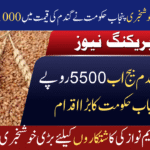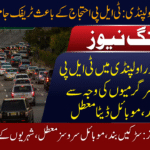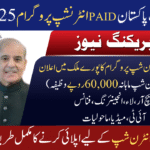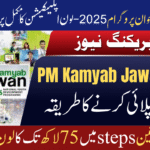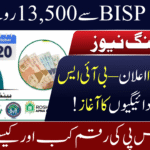Transporters Announce Fare Increase After Fuel Price Hike
Public transport fares across Pakistan are set to rise once again as transporters officially announced a fare increase following the latest fuel price hike in 2025. This development has sparked debates among commuters, transport unions, and government officials, as millions of daily passengers will be directly affected.
The decision comes after the government’s recent adjustment of petroleum prices, which saw a sharp jump in both petrol and diesel rates. For transporters, fuel constitutes the largest portion of operational costs, and they argue that without revising fares, they cannot sustain their services.
Reasons Behind the Fare Hike
Transport associations stated that the surge in fuel prices has left them with no choice but to increase fares. Key factors include:
- Rising Diesel & Petrol Prices: Most buses, vans, and rickshaws run on diesel or petrol, and the hike has directly hit their budgets.
- Maintenance Costs: Spare parts and lubricants, which are also linked to international oil prices, have become more expensive.
- Operational Challenges: With higher costs, transporters say they risk running at a loss if fares remain unchanged.
Impact on Daily Commuters
The fare hike will have a direct effect on students, office workers, and low-income citizens who rely on public transport every day. With inflation already squeezing household budgets, higher transport charges are expected to add another layer of financial stress.
For example, a passenger who previously paid Rs. 30 for a short route may now have to pay Rs. 40 or more, depending on the distance. Intercity fares are also likely to rise significantly.
New Fare Structure – At a Glance
| Route Type | Previous Fare (Approx.) | New Fare (Approx.) | Increase % |
|---|---|---|---|
| Short Intra-City (2-5 km) | Rs. 30 | Rs. 40 | +33% |
| Medium Intra-City (6-10 km) | Rs. 50 | Rs. 70 | +40% |
| Long Intra-City (10+ km) | Rs. 80 | Rs. 110 | +38% |
| Intercity (100+ km) | Rs. 500 | Rs. 650 | +30% |
(Note: Fares may vary by city and vehicle type.)
Reaction from Citizens
Many commuters have expressed frustration over the hike, arguing that their salaries have not increased in proportion to rising living costs. Students, in particular, have raised concerns that higher fares may affect their ability to attend educational institutions daily.
On the other hand, transporters emphasize that they, too, are struggling with soaring expenses. “We are not increasing fares for profit; we are doing it for survival,” said a local bus union representative.
Government’s Response
The government has urged transporters to avoid “excessive” increases, suggesting that fare hikes should remain within justifiable limits. Officials from provincial transport departments are expected to hold talks with union leaders to regulate the new fares.
Additionally, discussions are underway to introduce fuel subsidies for public transport operators or encourage the adoption of electric vehicles (EVs) in the long run to shield commuters from global oil price fluctuations.
Future Outlook
Experts believe that if fuel prices continue to rise, Pakistan may face further transport crises. The government’s long-term solution lies in:
- Expanding electric bus fleets in major cities.
- Supporting EV taxi schemes for urban travel.
- Providing targeted subsidies to low-income passengers.
- Encouraging carpooling and ride-sharing services.
Conclusion
The announcement of a fare increase by transporters after the 2025 fuel price hike reflects the growing economic burden on both service providers and passengers. While transporters see it as a necessary adjustment to survive, commuters fear the added cost will strain already tight household budgets.
The coming weeks will be crucial as negotiations between the government and transport unions unfold. For now, passengers must brace themselves for higher fares, while policymakers are being urged to introduce long-term solutions for sustainable and affordable transport in Pakistan.

